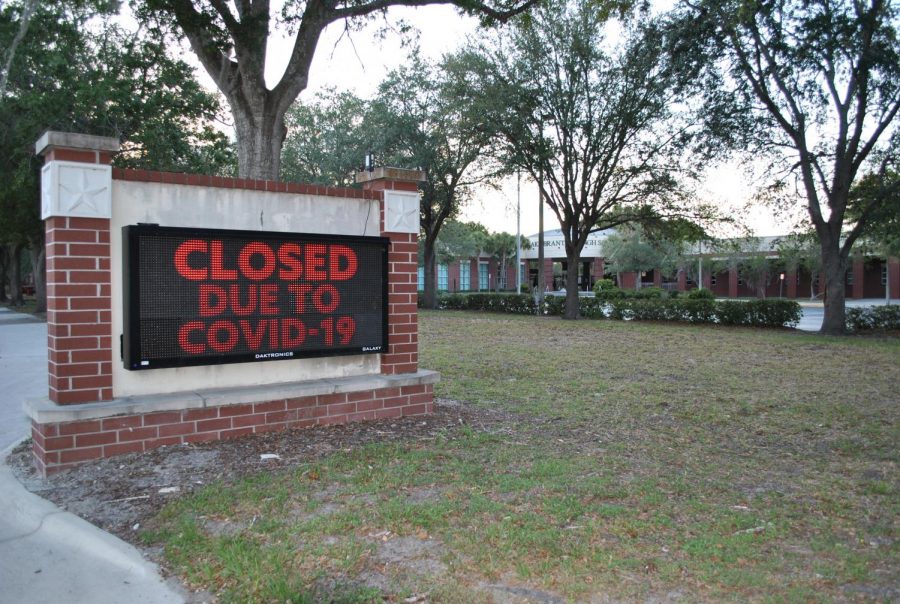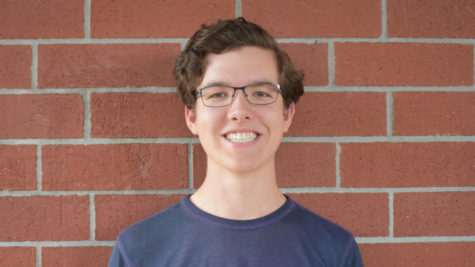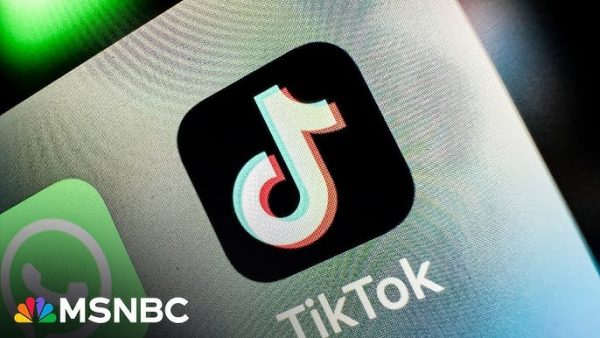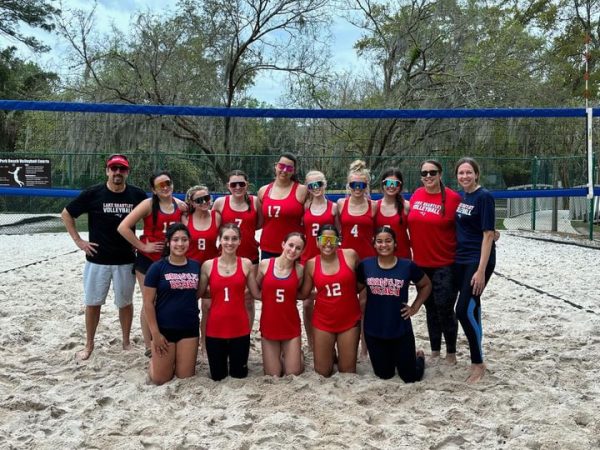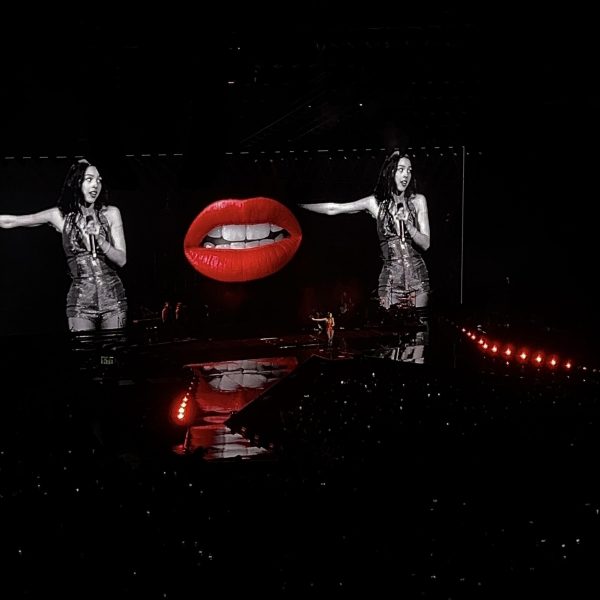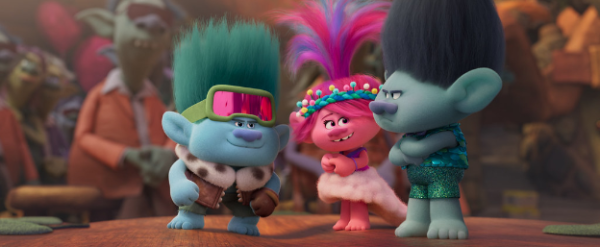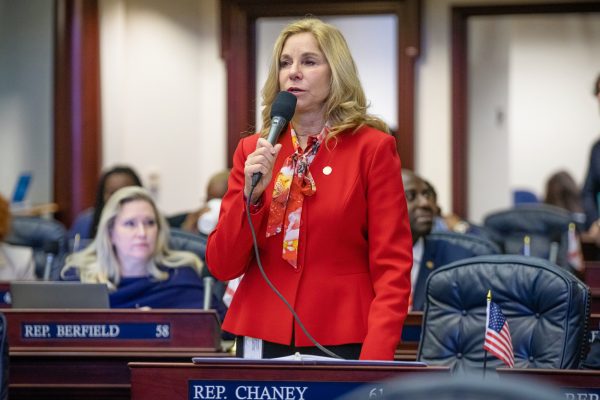Come Back With a Vaccine
Photo provided by: Porter Huyck
The digital notice sign in front of the the east parking lot informs passersby that the campus is closed due to COVID-19 on May 13.
April 5, 2020
Students have been distance learning since March 30 and from what many of them say, distance learning is wildly unpopular. It entails all of the work and learning of normal class attendance with very little of the structure, social interaction, and face to face teaching that make attending a physical campus useful and beneficial. County officials have already decided that this is the way that students and teachers will finish this school year, but distance learning may need to last into next year. It is irresponsible for schools to reopen until there are more effective measures in place to control the spread of COVID-19 in the United States.
The problem with schools and COVID-19, from an epidemiological standpoint, is threefold. Firstly, a school is a place where hundreds to thousands of people congregate in very close quarters for 7+ hours a day, talking, touching shared surfaces and moving. Students and teachers also commute to and from campus every day, travelling back and forth between a viral wonderland and their families. The epidemiological vulnerability of a school can be seen with less contagious diseases like influenza or the common cold, where an outbreak can rip through a school like wildfire even in the face of some level of herd immunity and basic hygiene measures. Secondly, and more specific to COVID-19, people showing mild or no symptoms can be just as contagious as those with severe cases. From the data available, it appears that young people are especially likely to be asymptomatic carriers, which exacerbates all of the normal issues with the close quarters and extended interactions found on a school campus. Thirdly is the basic reproduction number of COVID-19, measured as R0 (pronounced R-naught). This number is the estimated amount of other people that someone with an infectious disease, in this case COVID-19, will infect on average. COVID-19 has, from current data, an R0 value between 2 and 3, though some studies suggest that it could be higher. This means that, on average, every person infected with COVID-19 would infect 2 to 3 other people. However, R0 is flexible value and can change depending on the environment. In a school, with its aforementioned vulnerabilities, the R0 value of COVID-19 could be dramatically higher.
The rapid spread of COVID-19 within a school would be reflected in the overall community because of how integrated students are with the people around them. Family, friends, and neighbors would be vulnerable even if they never set foot on campus by virtue of the sheer number of students spreading the virus between themselves and those they come in contact with. Even if young students are less vulnerable to the more deadly complications of COVID-19, its dramatically increased spread within the community would put more at-risk people in danger, especially older teachers, who sacrifice enough on student’s behalf already.
Given the likelihood of schools to becoming enormous petri dishes for COVID-19, a much greater level of control over the virus would be required to make a return to physical campuses a possibility. Enormously increased testing capacity and contact tracing are the most likely next step in reopening public spaces like schools, but even increased testing may not be enough for a return to classrooms due to the unique vulnerability of schools discussed previously. The event most likely to return students and teachers to something approaching normal procedures would be the deployment of an effective vaccine. A vaccine would prevent the extreme spread that schools are vulnerable to with COVID-19 by providing herd immunity and reducing asymptomatic spread. A return to physical classrooms can only be done safely and responsibly after a vaccine is developed and widely distributed. Doing so before a vaccine would be wildly dangerous and likely kill many people. My answer to those asking to reopen schools? Come back with a vaccine.

